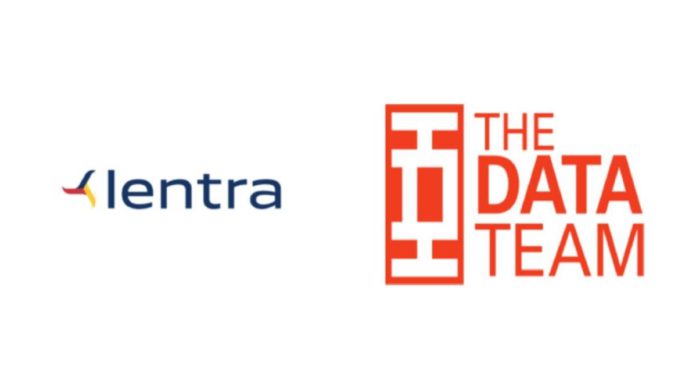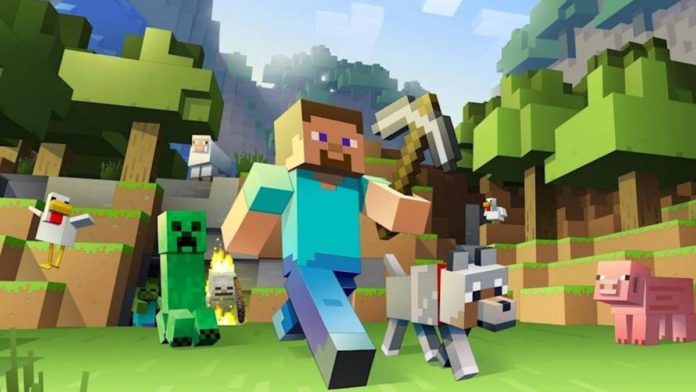Backed by the HDFC Bank, Lentra AI, a digital cloud lending platform, acquires a Chennai-Singapore-based AI company TheDataTeam, for an undisclosed amount. The acquisition will see the former taking over TDT’s customer intelligence platform Cadenz.
Through this agreement, Lentra will integrate TDT’s Cadenz platform for behavior intelligence, which aids banks and finance companies to determine a customer’s creditworthiness based on a particular financial trip. It will also assist in the quicker go-to-market of innovative items.
Launched in 2019, Cadenz makes it easier for organizations to remove friction and implement new initiatives by accelerating the transition from raw customer data to actual intelligence.
Rangarajan Vasudevan, the founder and CEO of TDT, has joined Lentra as a co-founder and Chief Data Officer due to the acquisition. He iterated that both the companies shared similar ambitions to scale in digital lending products and business-building practices. Lentra, already an established, fastest-growing lending cloud would benefit from Cadenz’s customer platform.
Lentra will incorporate Cadenz’s stack with its SaaS and API-driven modular design. Lentra’s modular, Open API-driven design aids banks in customizing customer experiences and lending journeys with a 95 percent Straight Through Processing (STP) rate. This expands the customer base available to banks and other financial institutions, lowers non-performing assets (NPAs), and boosts operational effectiveness.
The cloud platform can handle more than 1100 API calls per second and is highly scalable.
Sandeep Mathur, Chief Revenue Officer at Lentra, said that Cadenz’s integration into the Lentra cloud would enable the latter to provide an even bigger competitive edge in the entire loan disbursing and management system. He said, “With this acquisition of Cadenz, Lentra is now on track to become the leading platform of choice for financial institutions globally.”











